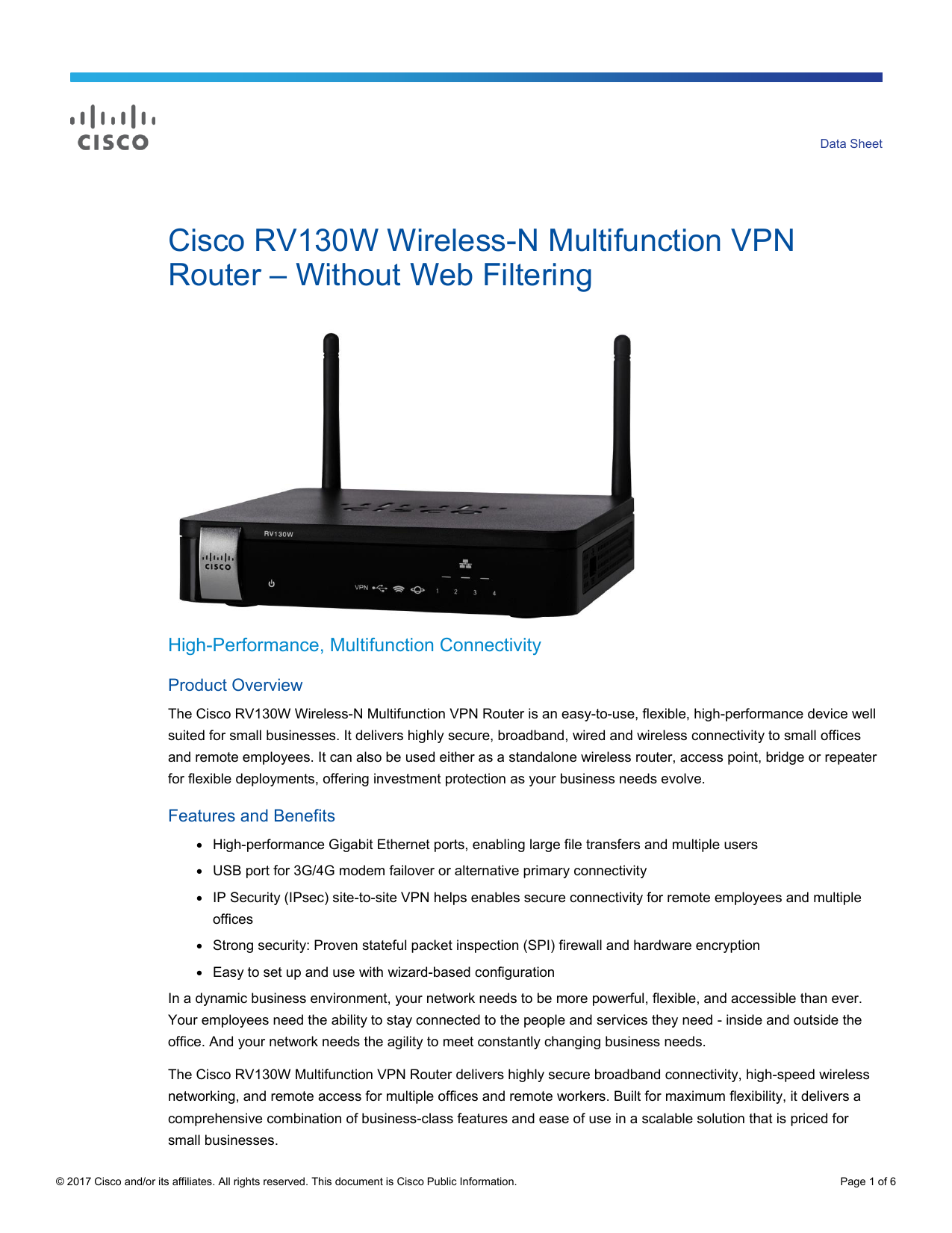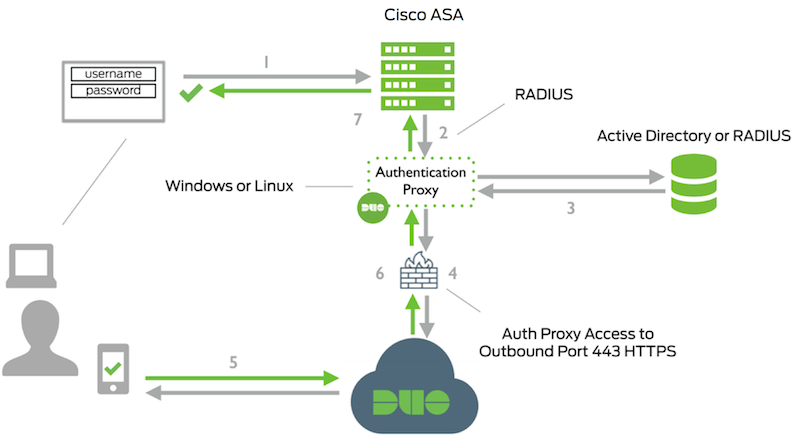

This is true An圜onnect will work fine if DNS is working and TCP port 443 is open. That story is based on the fact that in most guest and mobile networks SSL network traffic (TCP/443) is allowed.
Cisco ipsec vpn client firewall ports pro#
However, in some bigger networks it is not uncommon to have another firewall in front of the remote access / VPN block in your network or to have an access-list on the routers in the internet edge.Įverybody knows the story about the biggest pro which the Cisco An圜onnect solution has if you compare it to the old IPSEC remote access based solution –> “it just works everywhere™”. This is also the recommended method, and will eliminate the use and need of NAT-Traversal.Most Cisco An圜onnect VPN configurations I see in the field, or have deployment myself, are terminated on a Cisco ASA firewall who is directly connected to the internet. The ultimate fix to NAT-Traversal is to use a public IP address on the firewall’s external interface. These ports are UDP port 4500 (used for NAT traversal), UDP port 500 (used for IKE) and IP protocol 50 (ESP). Three ports in particular must be open on the device that is performing NAT for the VPN to work correctly.

The receiving peer first unwraps the IPsec packet from its UDP wrapper (the NAT Traversal part that occurred at the sending peer end) and then processes the traffic as a standard IPsec packet. After this the data is sent and handled using IPsec over UDP, which is effectively NAT Traversal. To explain things a bit further, during phase 1 negotiation of an IPsec VPN connection, if NAT Traversal is used one or both VPN peer devices identify to each other that they are using NAT Traversal, and it is then when the IKE negotiations switch to using UDP port 4500 to support it. Additionally, enabling NAT-Traversal on the gateway devices resolves the problem with the authenticity and integrity checks, as they are now aware of these changes.


As this new UDP wrapper is NOT encrypted and is treated just like a normal UDP packet, the NAT device can make the required changes and process the message, which would now circumvent the problems explained above. NAT Traversal adds a UDP header which encapsulates the IPsec ESP header. It is clear NAT and IPsec are incompatible with each other, and to resolve this issue, NAT Traversal was developed. The NAT device in the middle breaks the authenticity, integrity and in some cases cannot do anything at all with the packet. The NAT device cannot change these encrypted headers to its own addresses, nor do anything with them. So when the NAT device alters the packet, its integrity and authentication will fail.Īlso in some cases, depending on the level of encryption, the payload and in particular the headers are encrypted when using IPsec ESP mode. This means breaking the authenticity which will cause the packet by the remote peer to be dropped. Now the problem is when a NAT device does its NAT translations, the embedded address of the source computer within the IP payload does not match the source address of the IKE packet as it is replaced by the address of the NAT device. This is usually the case if your ISP is doing NAT, or the external interface of your firewall is connected to a device that has NAT enabled.Īs well as IPsec providing confidentiality, it also provides authenticity and integrity. Nat Traversal, also known as UDP encapsulation, allows traffic to get to the specified destination when a device does not have a public IP address.


 0 kommentar(er)
0 kommentar(er)
